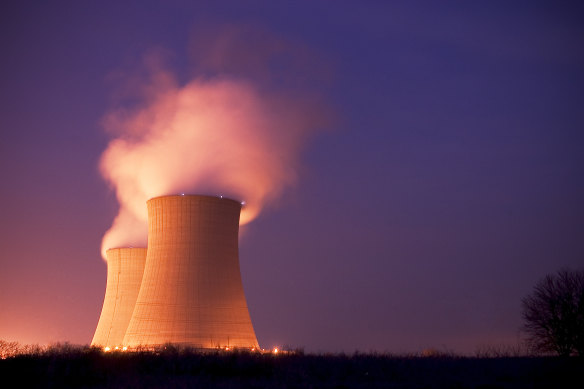
Australia’s energy market operator has dismissed claims that nuclear is the answer to the power grid’s challenges, warning the technology is expensive and cannot be developed in time to replace rapidly retiring coal-fired generators.
Opposition Leader Peter Dutton has revived Australia’s long-running climate wars ahead of the next federal election, mounting attacks against the government’s renewable energy rollout plans and calling for seven nuclear power stations to be built by 2050.

CSIRO said renewables deliver the cheapest electricity and a nuclear plant would cost up to $16 billion to build. Credit: iStock
However, Australian Energy Market Operator (AEMO) chief executive Daniel Westerman cautioned on Tuesday that nuclear was a “comparatively expensive” power source and would take too long to develop in Australia, rendering it an impractical solution to the electricity grid’s most pressing needs.
“Even on the most optimistic outlook, nuclear power won’t be ready in time for the exit of Australia’s coal-fired power stations,” Westerman said. “And the imperative to replace that retiring generation is with us now.”
Australia’s coal-fired power stations, the backbone of the electricity sector for more than half a century, are increasingly bringing forward closure dates as their ageing equipment becomes less reliable and less competitive against cheaper renewables.
At least half of the 14 remaining coal plants on the eastern seaboard are scheduled to shut before 2035.
AEMO, which oversees the interstate power and gas markets, assumes that number could be even higher. Its 25-year road map, released last month following consultations with 2100 stakeholders, found that 90 per cent of the remaining coal capacity was likely to have shut by 2035, and expects the fossil fuel to have exited the grid entirely by 2040.
It determined the best and lowest-cost pathway through energy transition was to build a grid dominated by renewables, firmed up with battery and hydropower storage, and backed up by gas-powered generation.
AEMO’s modelling did not assess the costs of nuclear energy because the power source is banned under federal law.









 Add Category
Add Category